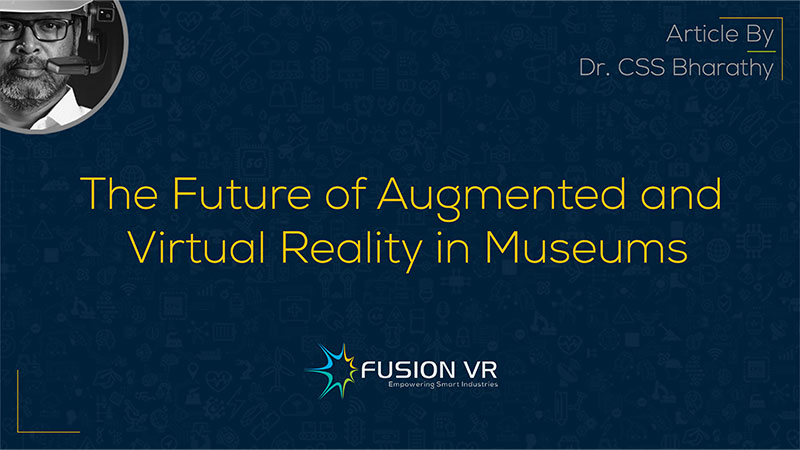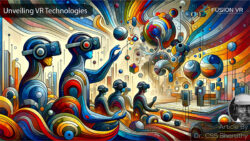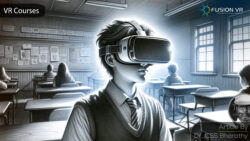The future of Augmented Reality and Virtual Reality in Museums is quite bright.
Quite a few in India and many people globally have discovered the power and potential of these technologies in museums. They are racing to implement new exhibits and experiences that have transformed them into digital museums. Future museums are going to be more interactive, highly immersive and a whole lot of fun for everyone.
Step into any museum, a decade from now and I guarantee that you will see AR and VR being used everywhere. It’s growing tremendously fast and everyone is catching up. Static exhibits such as paintings, artefacts, stuffed wild animals and many more will just spring to life with these technologies and make your day at the museum an unforgettable experience. The technology is also becoming more affordable and the appeal for interactive AR VR museum experiences is more widespread.
Virtual reality had its greatest fans in the world of gaming a few years ago. The immersive experience of VR gaming made them more thrilling and satisfying. Many who experienced VR in this manner, quickly realised that this experience could be replicated elsewhere, and almost anywhere.
A decade ago, both AR and VR were established as key technologies for the Fourth Industrial Revolution or Industry 4.0. Virtual Reality technology is also one of the drivers of the Metaverse, which would make virtual reality headsets as commonplace as your spectacles. Don a VR headset, and you will quickly realise that you are in a completely different world that is fully immersive and magically interactive.
Augmented reality, on the other hand, is going to be even more popular and widespread as it only needs an already common device to experience it. This is an easy guess, and the answer, quite rightly, is your smartphone. Normal living will be impossible without smartphones, as all essential services and information is being channelled through mobile devices.
Experience the Past and the Present in a new way with VR and AR Technology
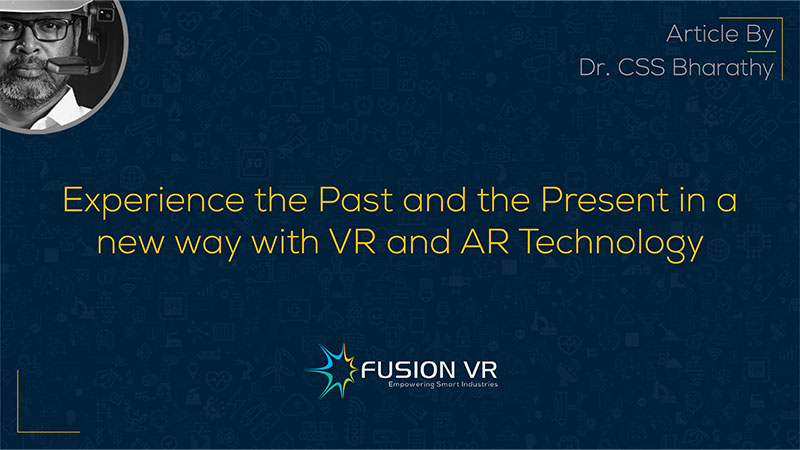
AR, quite simply, augments what you see in the environment around you as seen through the smartphone’s camera. AR goggles and some of the more popular devices, such as Microsoft HoloLens, take the AR experience to a whole new level.
VR experience center brings to life what has once been. It’s impossible to describe in words or even with pictures, even if it’s worth a thousand words, to describe ancient Egypt under the great pharaohs. With VR, you don’t need to describe as the visitor will see it for themselves as they are immersed in the digital recreation of Egypt that allows them to move about, climb the pyramids and read the hieroglyphics for themselves. This is a truly magical experience as they would meet digital avatars of Egyptians in those days. It is truly a journey back in time and the experience is as unforgettable as visiting a new country and its people in real life.
Museums can deliver this experience to each of their visitors and kids, in particular, will enjoy this immensely. VR headsets can be provided to provide a complete experience or even have it fixed on a wall where a visitor needs to just thrust his face against the goggles and experience a few minutes of it.
Future museums can make this experience available to members of the public for a fee or as part of their annual membership. The VR museum experience is a great and cool way to learn and appreciate the treasures and events of the past. With global warming, many natural attractions are undergoing drastic changes. We may not even be able to accurately recollect what a glacier that completely disappeared a few decades later actually looked like. Virtual reality movies of what is now could be available for future generations.
VR exhibits in museums can also help to bring virtual avatars of the great leaders of the bygone era and deliver a virtual and highly realistic experience of meeting digitally recreated avatars of them. How many of us would like to meet a famous personality like Gandhi, Nehru or Kalaignar Karunanidhi and interact with them? What an unforgettable experience it could be! This and much more are possible with 3D, highly realistic recreations in a VR experience centre. The uniqueness of virtual reality lies in its immersiveness and interactiveness.
With Augmented Reality, museums can deliver interactive visitor experiences of a different kind. Visitors can use devices that they already have to enjoy experiences immediately. Museums need to develop apps and content for users to download and obtain those experiences. A QR code available on the museum ticket could download the application using the free WiFi and immediately begin the experience.
Take paintings, for example, which we typically stroll by and admire their beauty. A museum guide could provide details about the artist and a bit of their history. But that is not possible for everyone as the museum needs to engage volunteers who have the knowledge and time at their disposal to support. Technology such as AR will come to the rescue. All the user needs to do is scan a QR code near the painting to activate the application.
Revolutionising the Museum Experience with Augmented Reality and Virtual Reality
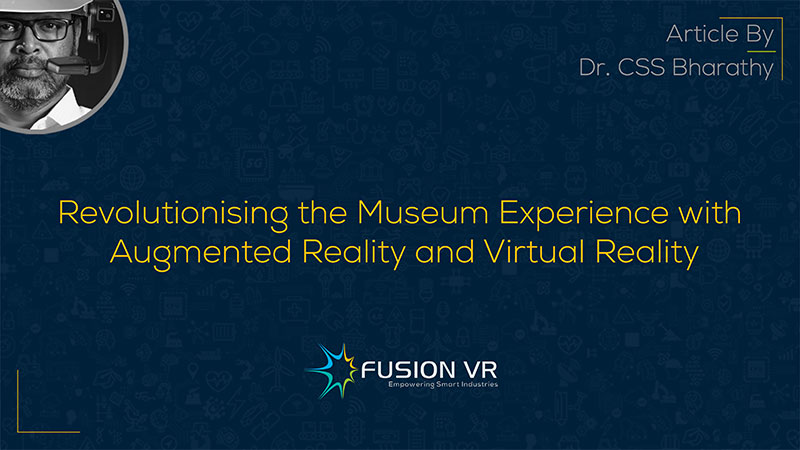
This simple act would bring up the video of a painter who, in his own voice, goes to describe the painting and all other interesting details directly to the visitor. Imagine Picasso talking to you about his painting. Cool, isn’t it? An interactive menu helps the visitor to find out more about the painting as needed. This is knowledge gained with just a simple click and makes the experience unforgettable.
Augmented reality is going to make the visitor’s experience more customised. They would be in control of what they wish to see and do in a museum. An AR goggle allows the user to see the exhibits around them and overlays it with contextual, relevant and interesting information to them. It would also prompt them to obtain experiences and engage in activities that are available to them nearby.
Augmented reality can be used to incorporate play into the museum experience. This is particularly effective in science museums where learning about various concepts can be accomplished through advances in augmented reality technology.
AR and VR not only provide a revolutionary shift from the traditional museum experience, but also enable greater retention and emotional connectedness to the past and present. They also spur the adoption of these technologies into other areas of human activity. The possibilities of augmented reality and virtual reality in our lives is going to multiply, particularly with the advent of the metaverse.
AR and VR development companies play a great role in bringing to the museum leaders and other stakeholders the possibilities of these technologies and help them develop use cases as well as support the efficient implementation of such projects. Fusion VR is leading that effort in India, and we encourage institutions and organisations to reach out to us to learn more about interactive museums and how to leverage these technologies and deliver unforgettable experiences in the future.

